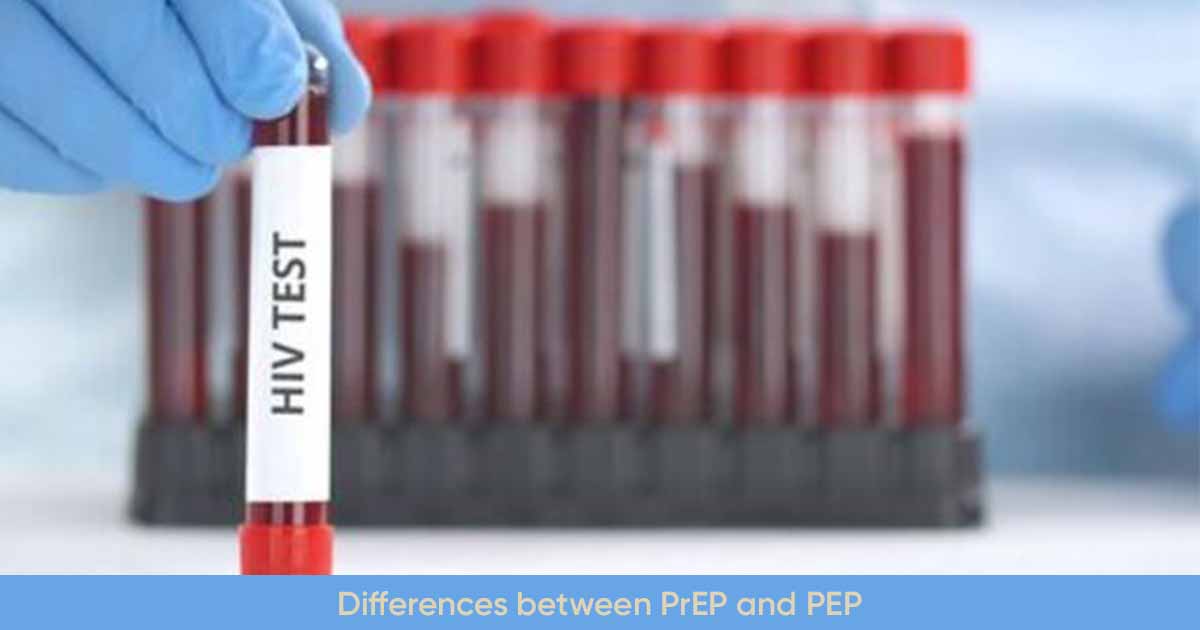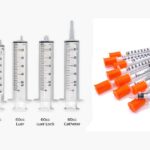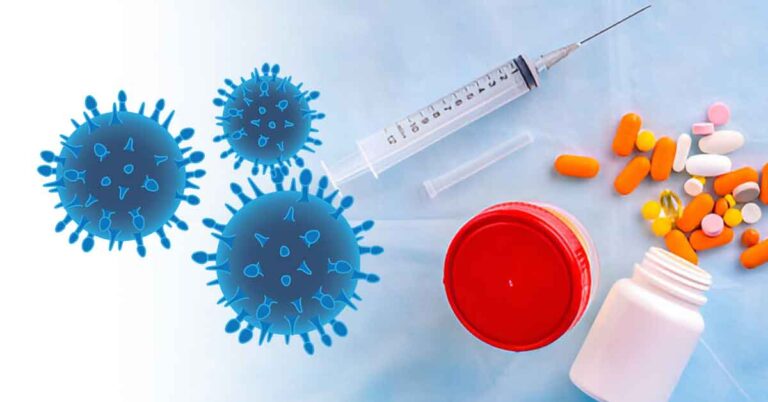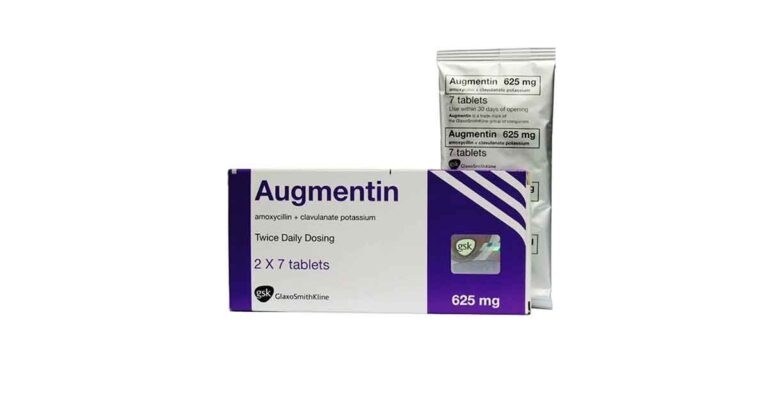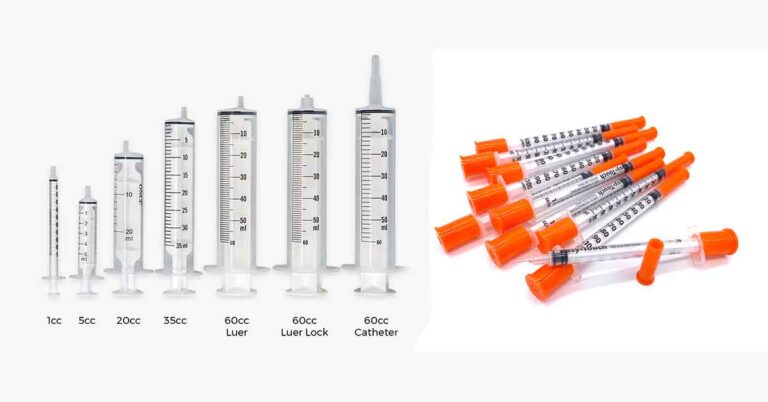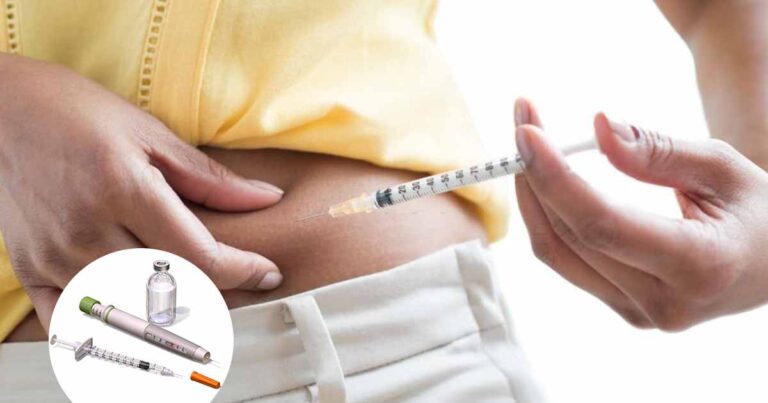Preventive measures against HIV infection after exposure involve two medication regimens – PrEP and PEP.
As we explained earlier, Pre-Exposure Prophylaxis (PEP) is an emergency medication regimen for HIV negative patient who is recently exposed to HIV, especially in the last 72 hours (3 days), to prevent the infection with the virus. HIV exposure can come through unprotected sex, sexual assault, sharing of needles by drug users, accidental exposure to health workers,
Pre-Exposure Prophylaxis (PrEP)
Pre-Exposure Prophylaxis (PrEP) is for people who are HIV negative but are at risk of getting the infection. It may be a pill or an injection. A person taking PrEP will be protected from the virus even if he gets exposed to an HIV patient.
PrEP is good for those who have unprotected sex, those who inject drugs and share needles.
Differences between PrEP and PEP
PEP is an emergency drug regimen for people who are already exposed to HIV patients, while PrEP is for people who are frequently exposed to HIV (person who have an HIV-positive partner, those having unprotected sex).
PEP is taken consistently for a duration of 28 days, after which you go for HIV testing, while PrEP is effective when taken consistently every day to prevent the risk of getting HIV, and HIV testing is done every 3 months. PrEP reduces the risk of HIV from sex by 99% and from injection use by 74%.
The drug regimen for PEP and PrEP is similar. They include Truvada (Emtricitabine / Tenofovir Disoproxil Fumarate), but in PEP, an additional drug, raltegravir (RAL or dolutegravir (DTG) is added.
In PrEP, a long acting injectable cabotegravir (CAB LA) which is injected once every 8 week is being used to prevent HIV. Also, available as tablets. It is approved by the U.S. Food and Drug Administration (FDA), and European Union.
However, both PEP and PrEP does not protect against other sexually transmitted diseases.
References:
- https://medlineplus.gov/hivprepandpep.html
- https://hivinfo.nih.gov/understanding-hiv/fact-sheets/pre-exposure-prophylaxis-prep

